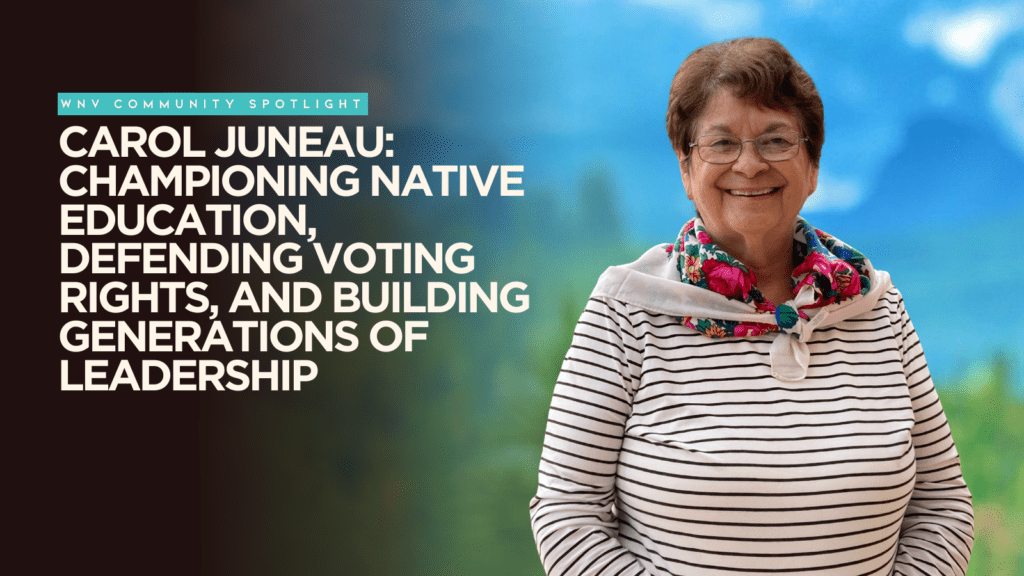
This month, we had the opportunity to speak with Carol Juneau, a longtime advocate and one of the original board members of Western Native Voice. A citizen of the Mandan, Hidatsa, and Arikara Nation, she has dedicated her life to creating lasting change through advocacy and policy. From her early days at Haskell Institute to becoming a Montana state legislator and education reform leader, Carol’s story is one of resilience, justice, and unwavering commitment to Native communities.
Tell us about yourself—your tribal affiliation, where you grew up, your family, the schools you attended, and what you’re doing now.—your tribal affiliation, where you grew up, your family, the schools you attended, and what you’re doing now.
I am a citizen of the Mandan, Hidatsa, and Arikara Nation (North Dakota). I was one of 10 children who called Elbowoods, ND, home, which is now buried in the depths of Lake Sakakawea. The flooding of our reservation by the U.S. Army Corps of Engineers was a traumatic event for the Mandan, Hidatsa, and Arikara people. We were literally uprooted and moved to new communities, including New Town and Mandaree. Our family settled in Parshall, ND. Those of us still living from that time carry the loss of our homeland and the injustice with us.
I followed many of my older siblings by attending Haskell Institute and learning the secretarial trade. Then, through the BIA Relocation Program, I moved from Haskell to the Bay Area in California and worked for the program in Oakland.
It wasn’t until I was 26 years old, married with children (Denise and Ron), that I enrolled in college in Billings, Montana. My husband, Stan Juneau (Blackfeet), and I both knew a college degree was important to our family. This was probably when my advocacy for Native rights began. It was a time of change in America—the civil rights movement, the Voting Rights Act, the occupation of Alcatraz, and the American Indian Movement all gave us a sense of pride in who we were and the importance of advocacy. The Native students of Eastern Montana College were a strong group and joined in the advocacy efforts.

What inspired you to get involved in public service and advocacy?
Our advocacy in Billings, Montana, as students and working in education on the Blackfeet Reservation after graduation gave me a sense of responsibility to tribal communities. I have a strong belief in the power of education to help families and their communities, and this value has always been a foundation for my work.
My first job in Browning in 1974 was as Director of the Blackfeet Community Free School, an alternative school. Helping develop Blackfeet Community College in 1976 was an exciting time. I later moved on to work in public education at Browning High School.
At some point during this time, I joined the local Democratic Central Committee of Glacier County and advocated for more Native involvement. There was very little tribal participation in the local Democratic Party system, and I, along with other Native political advocates, worked to become a part of it. The core of the work was voter registration. It was important then and remains essential today—it is the basis of political power. About 50 years later, Glacier County government has a new face—it includes many people from the Blackfeet Tribe. Voting and other county services are now available right in Browning, the heart of the tribal nation. Political power and advocacy do work, but they take time.
Voter registration, participation, and redistricting efforts have created opportunities for more Native representation at the state level through Indian-majority House and Senate districts. We now have Native representation from all tribal reservation communities, as well as from urban communities, in the Montana State Legislature—this is truly outstanding.
In 1999, our Native Caucus of five (myself, Rep. Eggers, Rep. Stoval, Rep. Smith, and Sen. Pease) met in the Coordinator of Indian Affairs’ Office. We were small, but we believed we could accomplish good work.
Lawsuits and legal action were also key to the rise of Native American political power. Indian-majority legislative districts in Montana began with lawsuits filed under the National Voting Rights Act. I was one of the plaintiffs in the ACLU’s Old Person-Cooney voting rights case, which aimed to create the Blackfeet/Confederated Salish and Kootenai Senate District. The Windy Boy case on the Crow Reservation was also pivotal.
Advocacy during the redistricting process, which occurs every 10 years, is another essential strategy to ensure equitable representation. A key factor has been Native representation on the redistricting commission.
Despite all the progress of the past 40-50 years, I don’t believe we’ve fully embedded voter participation as a cultural norm for Native people. It needs to be part of who we are and what we do as citizens of our tribal nations and the state. Native voting remains low for school boards, tribal councils, and local, state, and national elections. These leadership positions shape policy, laws, and funding—we must be at the table.
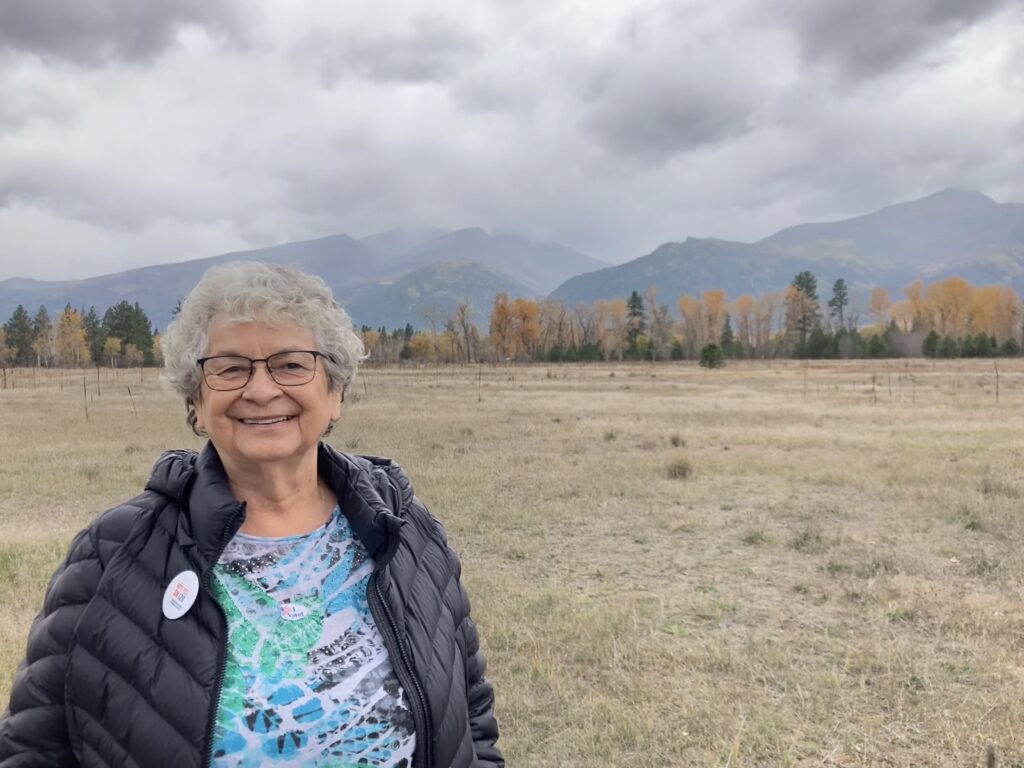
As a longtime advocate for Native education, what accomplishment in your career are you most proud of, and why?
I continue to advocate for education. I believe providing a quality education is the best thing we can do for our children and our communities. My work with at-risk students to help them stay in school and graduate has likely been my top priority.
As a state legislator, I served as Chair of the Education Committee of the National Caucus of Native State Legislators. Our committee produced a national report, “Striving to Achieve: Helping Native American Students Succeed,” which I believe had a significant impact.
In 1999, I sponsored the Indian Education for All bill. With support from tribes, education organizations, and many individuals, it passed. It reflected the intent of the Montana Constitution in Article X, Section 1(2). However, no funding was provided for implementation. In 2004, as Chair of the Montana Indian Education Association and a Montana State Senator, MIEA decided to join a statewide school funding lawsuit. The case was successful. The Montana Supreme Court ruled that the state was “defenseless” in showing any commitment to Indian Education for All. This ruling led to substantial funding under Governor Schweitzer in 2005 for IEFA in grades K-12. He also created a specific funding stream for at-risk Native students. It was a long-awaited victory stemming from the 1972 Constitutional Convention.
Can you describe a significant obstacle you faced in your advocacy work and how you overcame it?
I have lived off-reservation for many years—some of that time on the Blackfeet Reservation and some in Montana’s urban areas. The divide between on-reservation and off-reservation populations is troubling to me. In fact, I believe the off-reservation population is now the majority. But when we leave our homelands, we do not leave our tribal identities behind.
Often, only tribal governments and on-reservation members are included in state and federal policies and funding for housing, healthcare, and education, which creates inequities for tribal citizens living off-reservation.
Politically, some tribes allow only on-reservation members to vote in tribal elections. My tribe does not allow absentee voting for tribal council elections, so I would have to travel to Parshall, ND—about 630 miles one way—to vote.
Another challenge has been encouraging people to register to vote. At Blackfeet Community College years ago, I met a young student who refused to register, even after a long conversation. I left disappointed and frustrated, knowing her voice would not be heard.
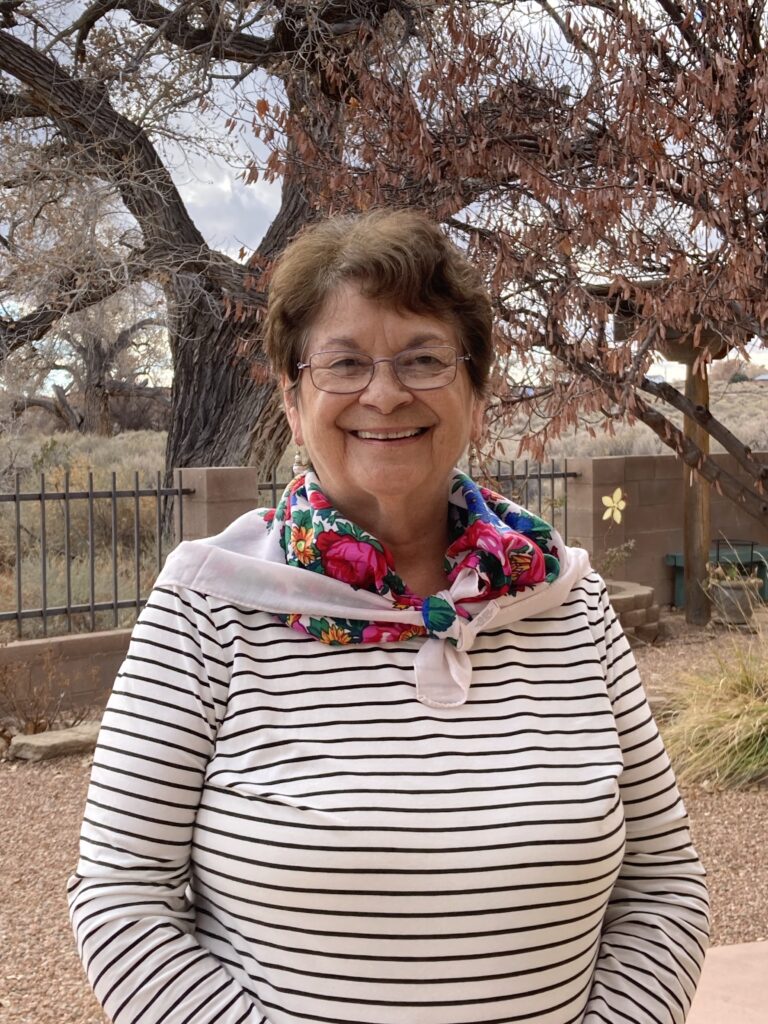
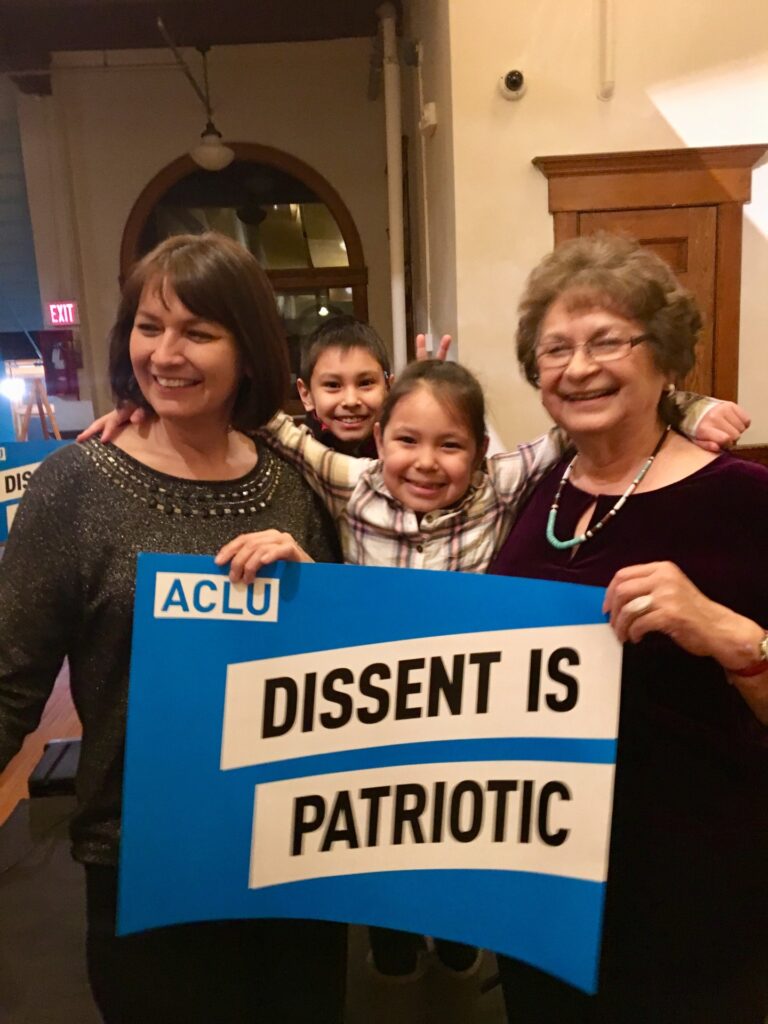

Who has been the greatest influence in your journey, personally or professionally?
My work in public education has been foundational. I value education deeply, and I think that came from my own family—my mother and siblings. We were expected to go to school and do our work. I was fortunate to have older siblings who guided and helped me. My three sisters have been strong influences. They cared for me when I was young and have always supported me.
As I grew older, I came to admire my mother’s strength in raising 10 children with very few resources. Her resilience likely rubbed off on us. Our family valued education, and that helped guide my path.
What advice would you give to younger generations who want to follow a similar path of leadership or advocacy?
I’m encouraged to see so many young Native people, especially women, stepping into leadership roles in education, politics, science, the arts, and beyond. Native women have always been leaders in strengthening families and communities. I hope to see more of them in tribal council leadership.
The saying still holds true: “You have to be at the table where decisions are made, and if there isn’t room, bring your own chair.”
My daughter Denise and her partner Dayna believe in lifting up other women, and they actively work on this. I am proud of them.
Having strong allies has also been crucial in my work. Natives are a small minority, and it’s important to build friendships and coalitions. The Democratic Women’s Caucus in the Legislature played a key role for me—mentoring and actively supporting my legislative efforts.
Why is it important for Native communities to actively participate in voting and the policy-making process?
We need to look around our communities and ask what we need, what is working, and what needs to change.
I want a community that is safe, with accessible healthcare that supports women’s health choices, good schools for my grandchildren, services for elders, protection of our voting rights, the freedom to love who we love, clean water, safe groceries, and protection from crime and drugs.
To secure these things, we must vote for policymakers at all levels—city, school, county, state, tribal, and national. That is why we must show up and vote.
What do you believe are the biggest challenges facing Native communities today, particularly in Montana?
Now is a dangerous time in America. The potential termination of tribal communities to access their minerals and water is real. Tribal nations are not immune to the threat of rising authoritarianism.
The possible loss of programs like Medicaid, Social Security, and education funding will harm our reservations. Today, on March 17, 2025, the erasure of Ira Hayes and the code talkers from military history to support an anti-DEI agenda is symbolic of the larger dangers ahead.
Now more than ever, Native people must stand up to protect democracy. Our reservations cannot be isolated, hoping treaties will save us—history shows that most treaties were broken.
We need Tribal Leaders to speak out against injustice. Tribal Colleges played a leading role in the rise of Native voting power in Montana. They can help lead again.
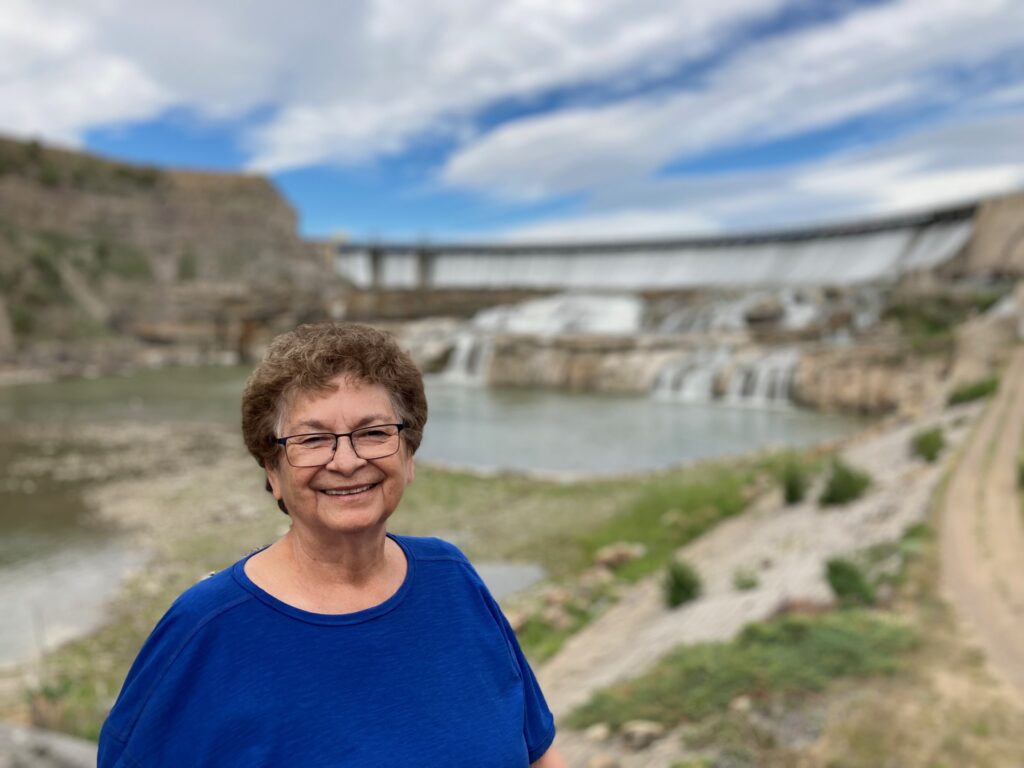
What is your vision for the future of Native communities, particularly when it comes to education and leadership in Montana?
There has been great growth in Native education, especially at the college level. Tribal Colleges and student support programs have helped, but we still see high dropout rates, poverty, and social challenges—all linked to educational outcomes.
In 2023, the four-year graduation rate for American Indian students was 68%, compared to 89% for non-Indian students. On-reservation schools often report even lower rates.
More must be done to help Native students graduate from high school. I believe higher graduation rates will lead to stronger families and stronger tribal communities that benefit everyone.

